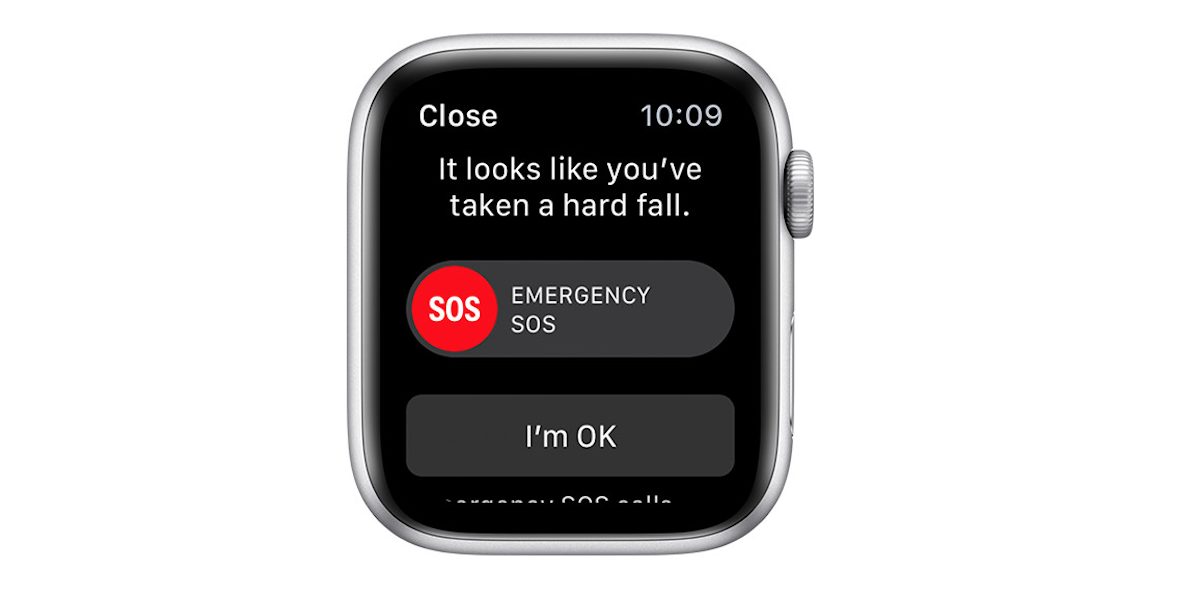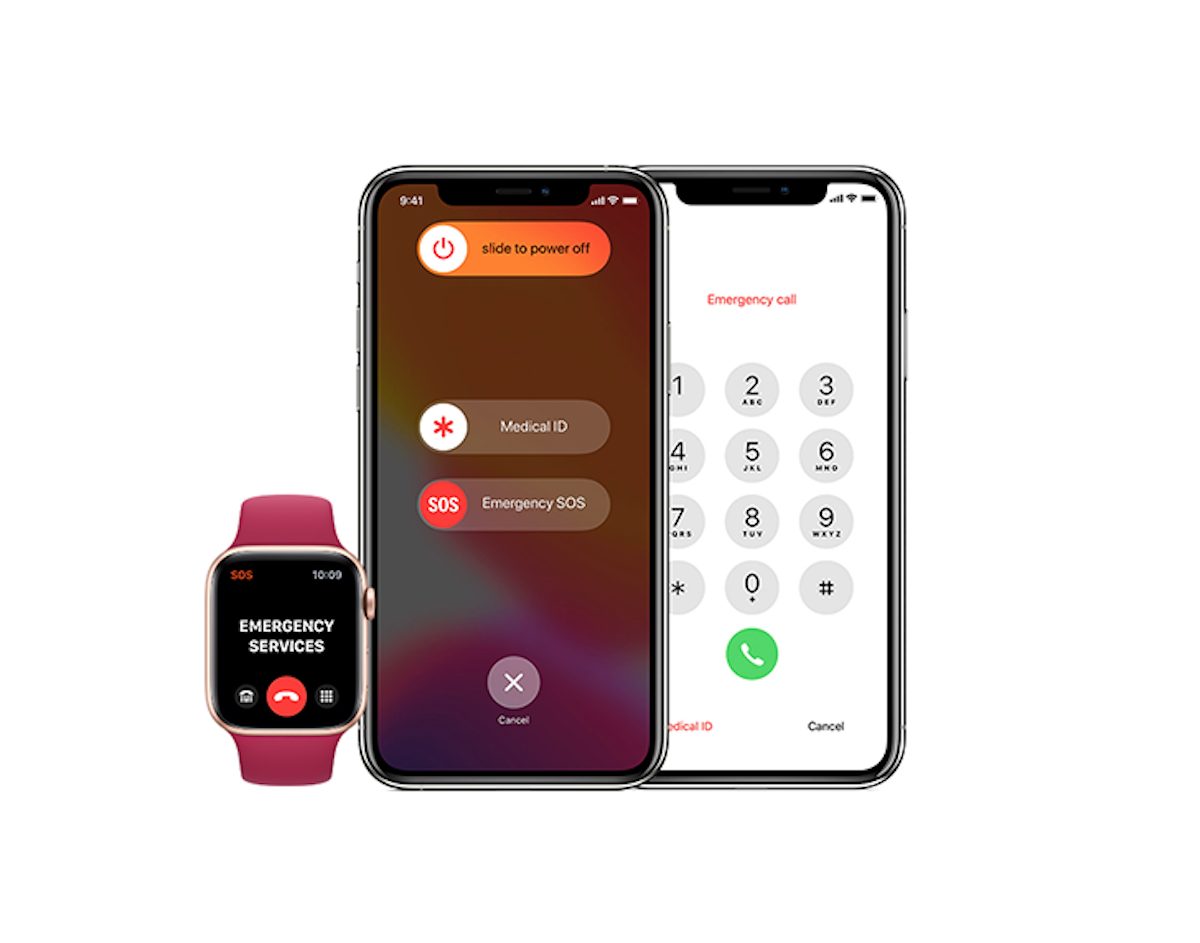Fall Detection, a feature introduced on Apple Watch Series 4, can recognize if a user has taken a hard fall. It can alert local emergency services if the user is still unresponsive after 60 seconds. This feature has helped save many lives since its release.
Now, a discovered patent has revealed that this feature might be upgraded soon with the ability to send users health data to emergency services so that medical professionals can get a sense of patients’ condition before an ambulance arrives to help them.

Patent to upgrade Fall Detection Feature
Recently, Patently Apple spotted a filing for expansion of Fall detention feature on Apple Watch with the ability to send health data, location, personal information, phone numbers, and other details to emergency health care responders as part of the audio message that alerts them of the fall. The company believes that the new ability will be beneficial in providing the care an individual needs at the time fall.
The filed document reads:
Apple contemplates that in some instances, this gathered data may include personal information data that uniquely identifies or can be used to identify a specific person. Such personal information data can include demographic data, location-based data, online identifiers, telephone numbers, email addresses, home addresses, data or records relating to a user’s health or level of fitness (e.g., vital signs measurements, medication information, exercise information), date of birth, or any other personal information.
Apple recognizes that the use of such personal information data, in the present technology, can be used to the benefit of users. For example, the personal information data (e.g., users health information, physical location, etc.) can be used to help emergency service responders and technicians to identify when a user needs medical attention and/or where the user is located. For example, information about previous health conditions of the user can help emergency services identify what type of medical attention is needed, and what type of technicians to send to the location of the user.
Health metrics that may be computed using the electrodes include, without limitation, heart functions (ECG, EKG), water content, body-fat ratios, galvanic skin resistance, and combinations thereof.

How Fall Detection Works on Apple Watch
When the smartwatch detects that the user has taken fallen, it triggers the following series a actions to try to help the collapsed individual to regain consciousness and to alert the others of the fall:
- Apple Watch begins a 30-second countdown while sounding an alert and tapping you on the wrist.
- As time prolongs, the alert gets louder so that the user or someone near them can hear it.
- Lastly, the watch detects immobility after the countdown and automatically calls emergency services, 911. During the call, an automated recording is played which communicates the person’s longitude and latitude coordinates for the paramedics to locate and reach the distressed individual, as soon as possible.
This feature is automatically turned on for users at the age of 65 or older. Users under the age of 65 have to set up this feature manually.
Apple has always marketed the Apple Watch as a health monitoring device rather than just a smartwatch. Therefore, it is expected that in the upcoming Apple Watch model, the company will feature sleep tracking, blood oxygen sensor, and more health tracking features.
3 comments
Comments are closed.